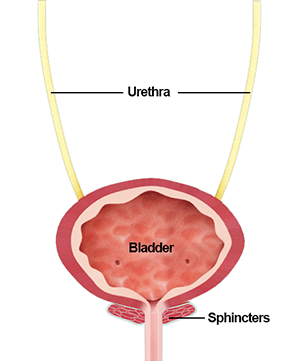
Urodynamics is the investigation of the function of the lower urinary tract to diagnose the reason for voiding dysfunction.
The lower urinary tract includes:
- Bladder: A muscular balloon-like organ in the pelvic region that stores the urine
- Urethra: The tube connected to the bladder through which the urine flows out of the body
- Sphincters: Muscles in the urinary bladder that help in holding the urine in the bladder. They relax in coordination with the bladder muscle that tightens on signals from the brain and leads to release of the urine through the urethra out of the body.
Indications for Urodynamics
The urodynamics test is advised in patients with symptoms of urine leakage, frequent urination, recurrent urinary infections, pain during urination, sudden urge to urinate and problem in starting urination or completely emptying the bladder.
Urodynamic testing looks at how the coordinated functioning of the bladder, sphincters, and urethra helps in storing and releasing the urine. Urodynamic testing includes:
- Uroflowmetry: Measures the flow rate and volume of urine. Abnormal results indicate either a problem in the bladder muscles or block in urine flow.
- Post-void residual measurements: Measures the urine left in the bladder after urination
- Cystometric test: Measures the volume of the urine and bladder pressure that causes the urge to urinate
- Leak point pressure measurements: Measures the bladder pressure that involuntarily causes urine to leak in the cystometric test
- Pressure flow study: Determines the flow rate at a given pressure.
- Electromyography: Measures the electrical activity of the muscles and nerves, in and around the bladder and sphincter.
- Video urodynamic tests: Captures pictures and videos of the filling and emptying of the bladder. Imaging is done either using X-rays or ultrasound.
Some of these tests are non-invasive while others require the insertion of a catheter into the bladder after giving local anesthesia.
You may feel a little discomfort when urinating for a few hours after the test. Drinking water often and holding a warm damp cloth over the urethral opening helps reduce the discomfort.
